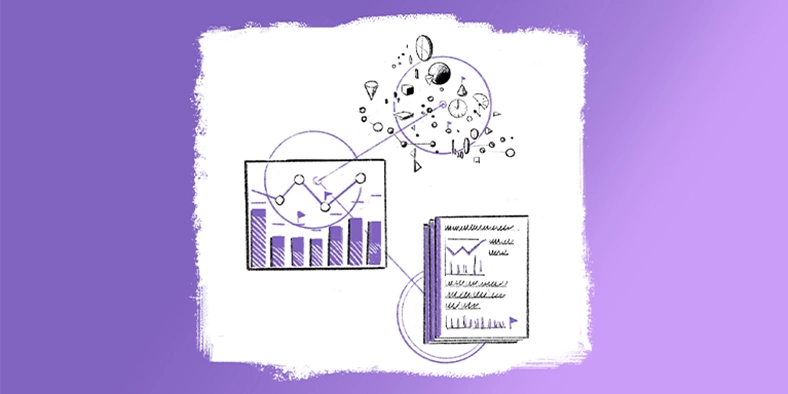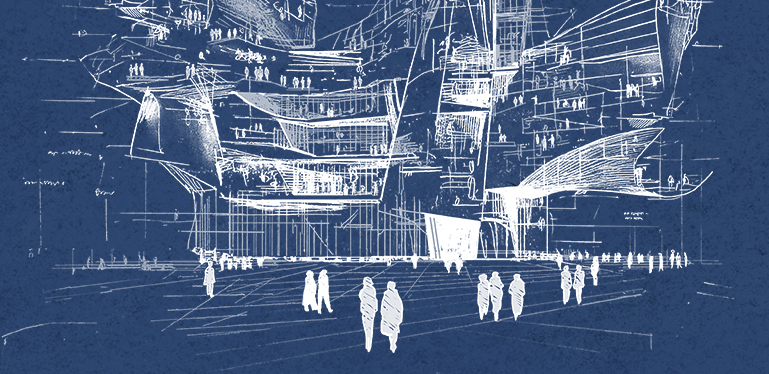Imagine that intelligence, once a scarce and costly resource, is as readily available as electricity. I’ve written recently about the cognitive inflection point created by AI’s remarkable ability to think and reason, and how it will reshape the workforce. Here I’ll focus on the extraordinary impact that this “intelligence on tap”—abundant, affordable, and almost infinitely scalable—will have on business.
In the 2025 Work Trend Index Annual Report, intelligence on tap is noted as the foundation for an entirely new type of organization that we call the Frontier Firm. These firms will build hybrid teams of human and digital workers that can scale instantly to meet the needs of the business. With AI agents handling complex cognitive work, teams can increase their expertise without adding headcount. This isn’t just a 1-to-1 incremental improvement. It’s about dramatically expanding what every individual and organization can accomplish, and at a much lower cost.
It’s worth pausing to recognize how monumental this shift is: For most of human history, if you needed intelligence to help you solve a problem, you had to hire a person. Now, intelligence is accessible on demand. That’s why I think of it as a new kind of commodity—one that, like electricity, will underpin the next wave of business transformation, with the potential to drive massive growth.
Amping up productivity
Think of intelligence as the ability to perform cognitive tasks like perceiving, understanding, reasoning, executing, and creating. In all of these areas, AI is demonstrating abilities that were hard to imagine even a few months ago.
But it’s not only AI’s level of intelligence that matters. The other crucial factor is that this intelligence is on tap, available to any leader or employee at rates competitive with any other form of enterprise software.
With that combination of abundant expertise and affordable access, this new resource for intelligence will amp up productivity in ways that weren’t possible before. Traditionally, companies have hired more employees or tapped more capital (financing, infrastructure, equipment) to increase output. Now, they can add AI-driven intelligence to the mix. It isn’t human labor, and it doesn’t fit into the existing category of capital because of its unusual qualities, like the ability to learn and improve. It’s a new kind of business input—what we’re starting to call digital labor. It’s a net new resource.
By strategically deploying this new resource in their operations, organizations can break through legacy productivity constraints. The most effective companies will scale more quickly, be more agile, and generate value faster. And in the process, they’ll gain resilience against the economic and geopolitical uncertainty that threatens to disrupt less adaptable organizations.
Bridging the capacity gap
Work in 2025 brings complex pressures. Leaders are, as always, looking for productivity to increase, but we found in our Work Trend Index survey that a vast majority of the global workforce—both leaders and employees—lack enough time or energy to do their work. This is the capacity gap, and intelligence on tap can help to bridge it.
A primary driver of the capacity gap is an all-too-familiar reality: employees are hired to perform specific jobs, but they end up spending too much time on coordination tasks like emails and meetings, along with administrative work. This “coordination tax” prevents them from focusing on the work they were actually hired to do.
Digital labor can greatly reduce this coordination tax through now-familiar use cases such as summarizing meetings, defining action items, and triaging emails. But the real power of digital labor today, compared to even a year ago, is autonomy. Agents can operate in messy, ambiguous environments, sort through the noise, and come back with, “Hey boss, I think I’ve got something here for you.”
That kind of reasoning at scale isn’t just about efficiency. It’s about realigning human work with human strengths—creativity, empathy, strategic thinking—and delivering better business outcomes and a more meaningful experience at work.
Opening doors to entirely new ways of working
Another striking pattern we see emerging in the Work Trend Index data: humans turn to AI for its unique strengths, not to replicate human skills. AI provides capabilities that humans simply can’t: it’s available 24/7, can generate ideas almost endlessly, and can process vast amounts of data almost instantly. This isn’t AI supplanting human agency—it’s AI supplementing it.
Along those lines, intelligence on tap doesn’t incur time-intensive costs such as onboarding, upskilling, and assimilation. These are factors, along with the high price of scarce skills, that can prevent teams from adding more cognitive resources. This new form of intelligence democratizes expertise that was once siloed within specific individuals. Now, anyone in your organization can access specialized knowledge whenever it’s needed, regardless of hierarchy or the boundaries of job functions or departments. This is “intelligence on tap” in practice.
And it comes at a moment when we have more challenges to tackle than ever, from energy to accelerating business cycles. That’s where intelligence on tap becomes not just a tool for cost-cutting but a catalyst for real innovation.
The most forward-thinking companies are already evolving into Frontier Firms—organizations structured around this on-demand intelligence and powered by hybrid human-AI teams. Companies that master this partnership first will write the rules that everyone else will follow.
Those that embrace it will shape the future of business. Those that don’t risk being disrupted by someone who does.
Summing it up
The shift to intelligence on tap represents one of the most significant business transformation opportunities of our lifetime. Over the next few years, companies of all sizes, in all industries, will reimagine how work gets done and how value is created. Intelligence on tap will create opportunities for any organization to innovate in ways that surpass what we ever thought was possible.
For more insights on AI and the future of work, subscribe to this newsletter.



